Topics:
Never Miss a Beat - Get Updates Direct to Your Inbox
FILTER:
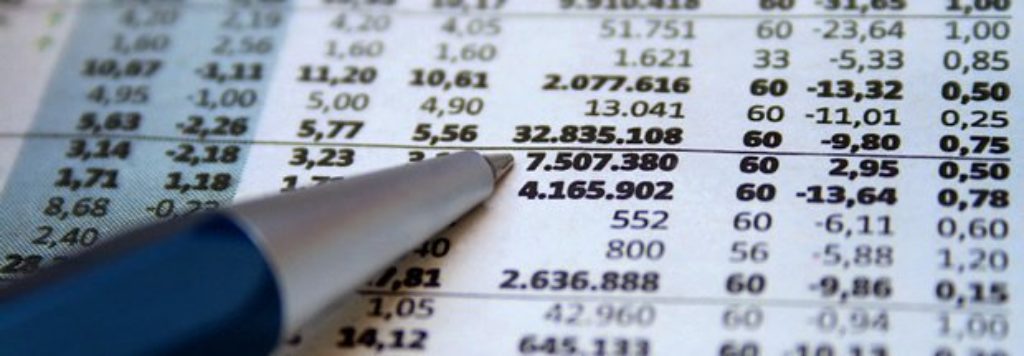

What is SDE, EBITDA, and ODI in Business Valuation?
By Jason Yelowitz
As with many industry-specific transitions, the process of buying and selling online businesses involves sorting out a bowl or two of “alphabet soup” in the form of acronyms and initialisms. To competently navigate a deal as a buyer or seller, it’s important to understand the various terms used by brokers, lawyers, and businesspeople.
This article will explain three of the most important terms used in business valuation: EBITDA, SDE, and ODI.
More than likely, you’ll encounter these terms in business listings, marketing materials, emails, and conversations with anyone involved in the buying or selling process.
Earnest Before Interest, Taxes, Depreciation, & Amortization (EBITDA)
As its name implies, EBITDA is a business’s net profit before interest, taxes, depreciation, and amortization. In other words, it does not account for expenses that are not directly related to operating the business.
Adjusted EBITDA is similar to EBITDA, except that it accounts for one-time expenses that won’t be carried over to the new owner (i.e. certain elective one-time or recurring costs).
EBITDA can be used alone as a multiple for valuing the business (e.g. EBITDA multiple), or added to the current owner’s salary and benefits to produce a value for SDE. For most online businesses, the latter situation usually applies.
“EBITDA is a business’s net profit before interest, taxes, depreciation, and amortization.”
EBITDA is calculated by examining the business’s Profit and Loss records and then making adjustments (adjusted EBITDA) based on the framework stated above. Since EBITDA only accounts for core expenses, it is an extremely effective indicator of a company’s financial performance.
Seller’s Discretionary Earnings (SDE)
A seller’s discretionary earnings are profits taken before:
- Taxes
- Interest Expenses
- Non-cash expenses
- Owner’s benefit
- One-time investments
- Any unrelated income or costs
As mentioned above, the main difference between EBITDA and SDE is that SDE includes the owner’s salary and personal expenses. The EBITDA calculation does not include the salary of the business owner. Therefore, SDE (also referred to as “Owner Benefit”) is usually a higher number than EBITDA.
“SDE is intended to reflect what the owner “actually” makes.”
Giving oneself a $200,000 salary “takes out” $200K from the business’s profits. If a new buyer opts to give themself a $50,000 salary instead, that means the business profits have increased $150,000 on a choice unrelated to operational needs. A new buyer may not “use” that money at all, and so it goes back into the profits. Therefore, SDE is typically the number that is multiplied by the “multiple” to determine the business’s value (aka, selling price).
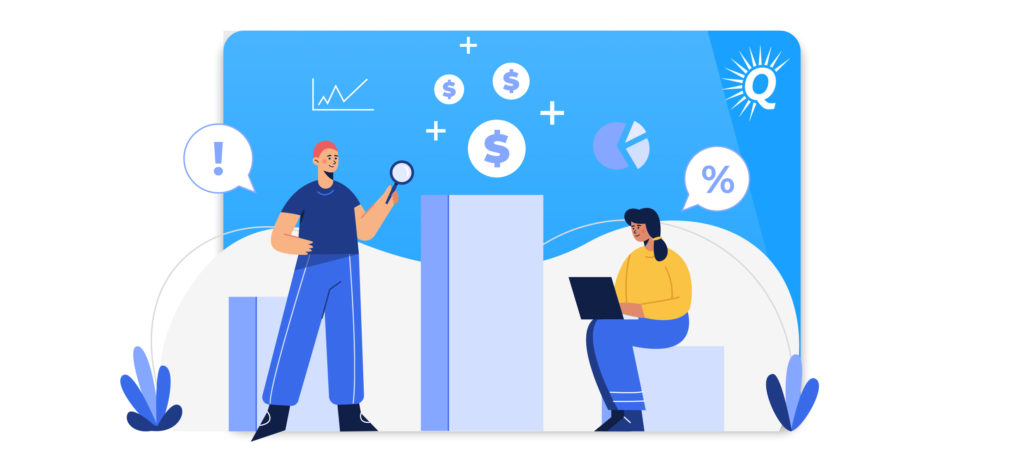

We see many examples where owners write off personal items (such as vehicles, their own health insurance, cell phones, etc.) to the business. Although these expenses deflate earnings on the income statement and balance sheet, all reasonable buyers understand that these expenses are discretionary (the “D” in “SDE”). Therefore, a discretionary expense doesn’t really make a difference to the underlying value of the business assets, including both its tangible assets and intangible assets.
Owner’s Discretionary Income (ODI)
Owner’s Discretionary Income (ODI) is simply another term for Seller’s Discretionary Earnings (SDE).
If a small business owner isn’t in the process of looking for a potential buyer, this number might be referred to as ODI. If the owner is trying to sell, you may use the term SDE. However, the two terms refer to the same number, so don’t get confused if you see “ODI” floating around; it’s calculated by making adjustments to the business’s reported earnings in the exact same way as SDE.
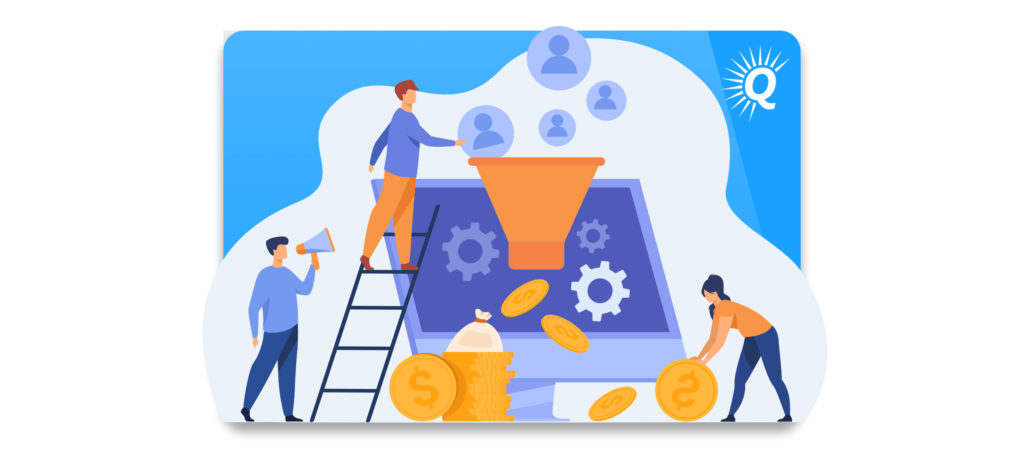

Establishing a Baseline (Business Valuation)
While it’s beneficial for business owners to reduce their taxable net income by charging certain expenses to their company, doing so can warp the actual SDE of a business. Normalizing the company’s income and expenses reduces confusion and can more clearly illustrate the earning power of a business to buyers. This number is helpful for understanding the comparable value of various businesses.
We focus on SDE (and EBITDA) during the recasting (or normalization) process in order to get closer to a solid baseline value that reflects how much a business actually earned for the seller, and what it will hopefully earn for the buyer once the transaction is complete.
“Normalizing the company’s income and expenses reduces confusion and can more clearly illustrate the earning power of a business to buyers.”
To develop a clear SDE, we have to start with the EBITDA, which provides a firm foundation before any add-backs (costs not necessary for business operations) are applied.
To do this, we start with EBITDA and then add:
- The Owner’s (or Owners’) compensation, including benefits
- Add-back values for personal items (e.g. personal travel or vehicles)
- Add-back values for one-time expenses (e.g. new computers, website redesign, etc.)
Each of these adjustments are made to provide a more accurate picture of the potential income available to the buyer, which then determines the present value of the business. This article goes into more detail about the process.
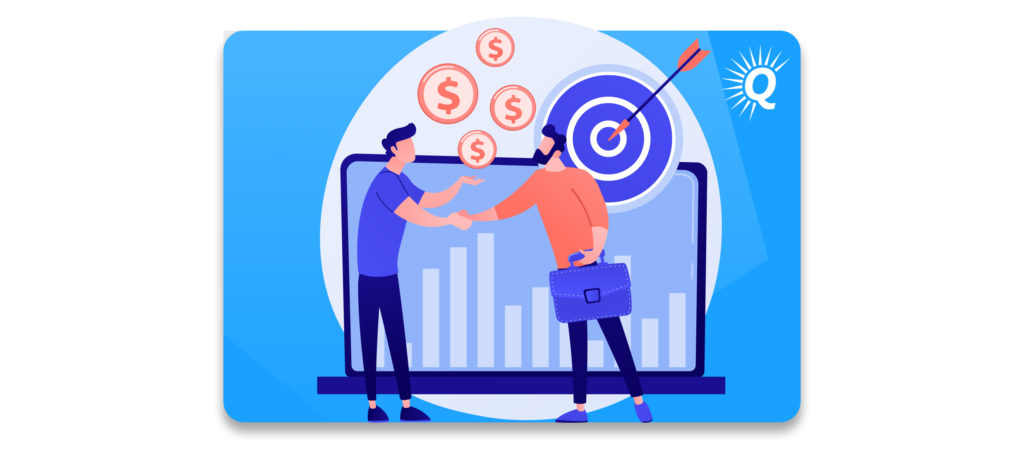

How Owner’s Salary Affects Business Valuation
Some expenses are likely one-time events. For example, the add-back under “Office Expenses” could have been for new computers, furniture, or other hardware that won’t be a regular spend for the company.
Others, such as the owners’ salary and benefits, can be adjusted at the seller’s discretion. At QuietLight, we’re always happy to show our work to justify any add-backs used to arrive at SDE.
The add-back which is most contentious is the owner’s compensation. Buyers will sometimes complain that it’s not a legitimate add-back because they’ll need someone to run the day-to-day operation. There are valid arguments on both sides…
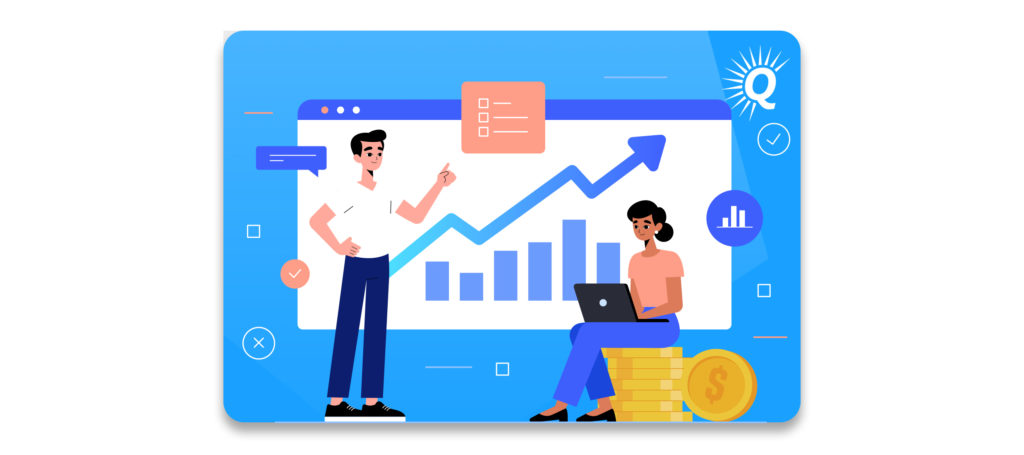

If a business earns $100,000 in EBITDA, the seller can choose to pay themself a salary of $1 per year or $100,000 per year. In the latter example, if they paid themself $100,000 per year, the business would have zero earnings and apply a valuation multiple that would lead to a business value of zero. Right away, we can see that’s not a fair market value.
“Sure, but I still need someone to run things, and that will decrease my gross profit margin” a buyer might counter. Well, maybe—and maybe not. The multiples on SDE for online businesses generally range from 2x to 4x (a rough average as businesses can be valued above or below this range).
If you had someone running all the operations for you, and you were completely absent, the implied cash-on-cash return would range from 25% ROI (Return on Investment) to 50% ROI. That’s pretty phenomenal, and certainly beats the expected returns from stocks, bonds, real estate or virtually any other asset class.
“The time, expertise, and expense of running an online business is reflected in the low multiples at which they’re valued.”
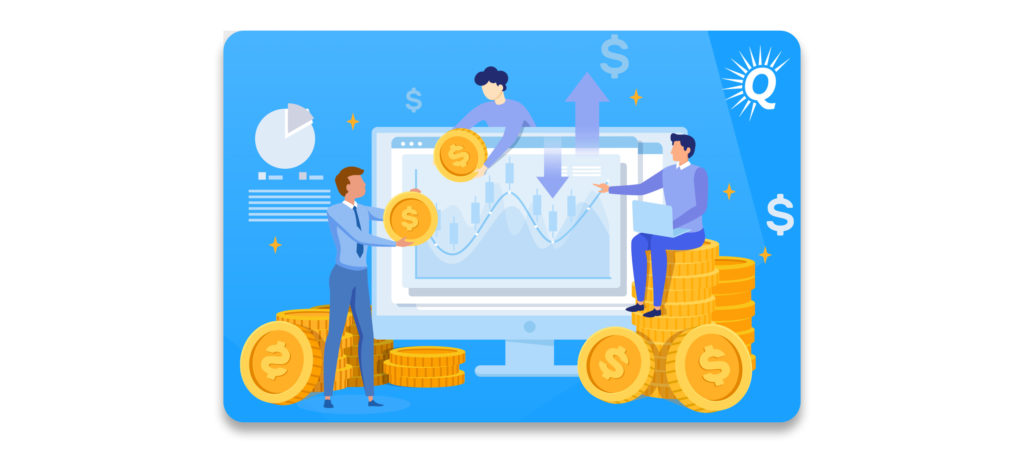

Given the low multiples, it’s not a ridiculous expectation that a buyer do a little work to run a business (or to pay for help out of the cash flow once they buy it). For example, someone who decides to buy an Amazon business should expect that they’ll need to replenish inventory and manage product listings to maintain the company’s revenue. All that said, we certainly do see some listings with these same multiples, but a very low workload.
This is the convention adopted by virtually all business brokers and lenders, and it’s a legitimate one. The time, expertise, and expense of running an online business is reflected in the low multiples at which they’re valued.
You can always buy a truly passive business by purchasing stock of a publicly traded company. The multiples in the stock market usually hover around 15x, but can climb nearly to infinity if you’re looking at certain early-stage software companies which then take off. Buying online businesses is an entirely different strategy than purchasing stock, and each has its own benefits and drawbacks.
Applying SDE in Your Calculations (Business Valuation)
When calculating a company’s value, keep in mind that each set of circumstances, expectations, and goals will impact the selling price of your business.
For example, if you plan to reduce staff by farming out certain roles (or even all of them), you’ll need to adjust the Seller’s Discretionary Earnings to account for the cost of the contract services required to replace the work currently done by staff or the owner.


Remember, the cost of replacing an owner’s work role is already reflected in the multiple used to determine the original asking price. If (to use another example) the company needs a new website, equipment, or license in order to function, you must factor in those one-time expenses as well when establishing your business’s value.
It’s important to note that as a buyer you should always verify SDE and other financial metrics during the due diligence process. While a business broker can provide support in many other areas, it is the seller’s responsibility to complete due diligence.
Conclusion
Understanding initialisms such as EBITDA, SDE, and ODI will help you communicate competently and understand the current state of both smaller and larger businesses. By doing so, you’ll be in a much better position to make the best decisions possible as you navigate the buying or selling process.
Featured image photo credit: Jorge Franganillo via photopin cc





